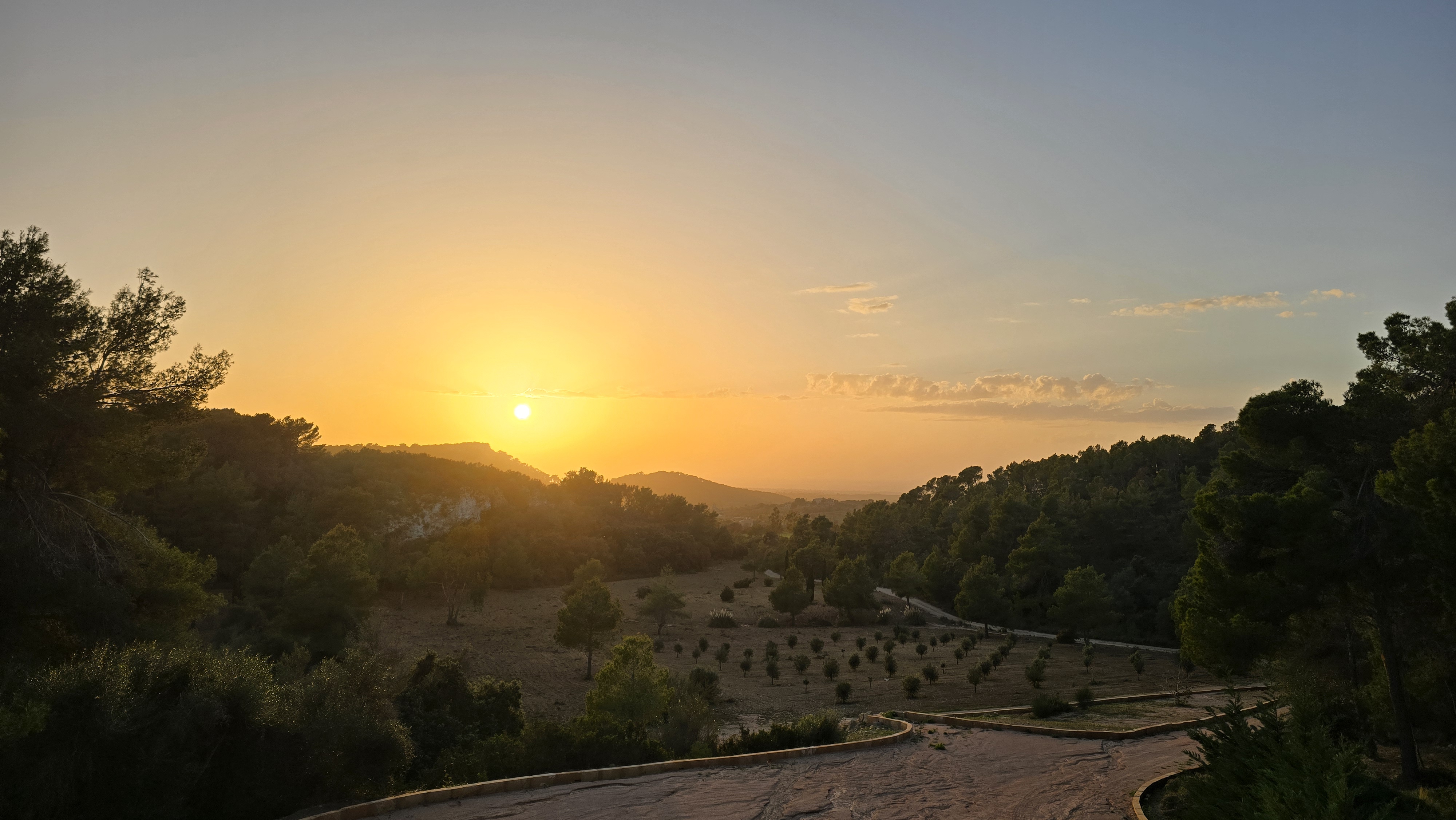
PACHACAMAC – Place of Insight
Throughout human history, there have been places that radiate a special kind of power — places that serve as a bridge between the visible and the invisible, as harbors for those seeking answers to the great and small questions of life. PACHACAMAC Mallorca is such a place – inspired by the profound spiritual significance of the ancient sanctuary of Pachacámac in Peru.
In Pachacamac, Peru, people once found comfort, clarity, and answers. The energy of this sacred land drew pilgrims from across the Andean world to consult the Oracle of PACHACAMAC – a divine source of guidance and revelation. That same spiritual power and wisdom lives on within PACHACAMAC, the Place of Insight, now re-emerging in a new context – for the questions and challenges of our time. This place is a mirror of our inner world – ready to reveal what longs to be seen.
PACHACAMAC. The energy of this place acts like a silent companion, inviting you to pause, to listen, to feel. Here you can discover new perspectives on your life. Whether you seek clarity, wish to find answers, or simply wish to be – rediscover yourself here. In PACHACAMAC, where the power of the Earth and the wisdom of the Heart merge into a sacred dance. Feel free to reach out to us via WhatsApp.
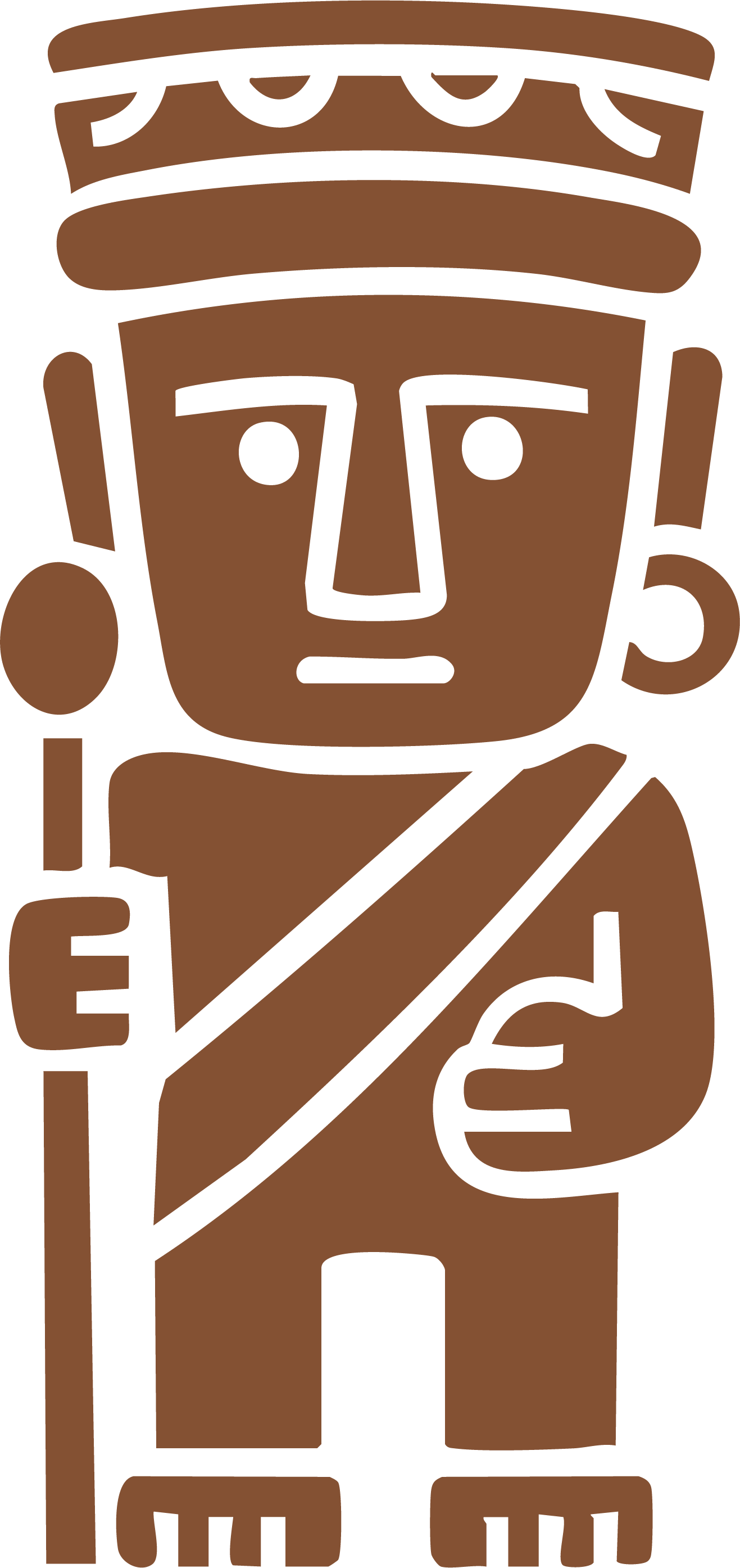
Events at PACHACAMAC
Events like meditation groups, mindfulness practices, Spiritual Connect gatherings, silent retreats by
League of Light.
Visit us — in our space for conversation
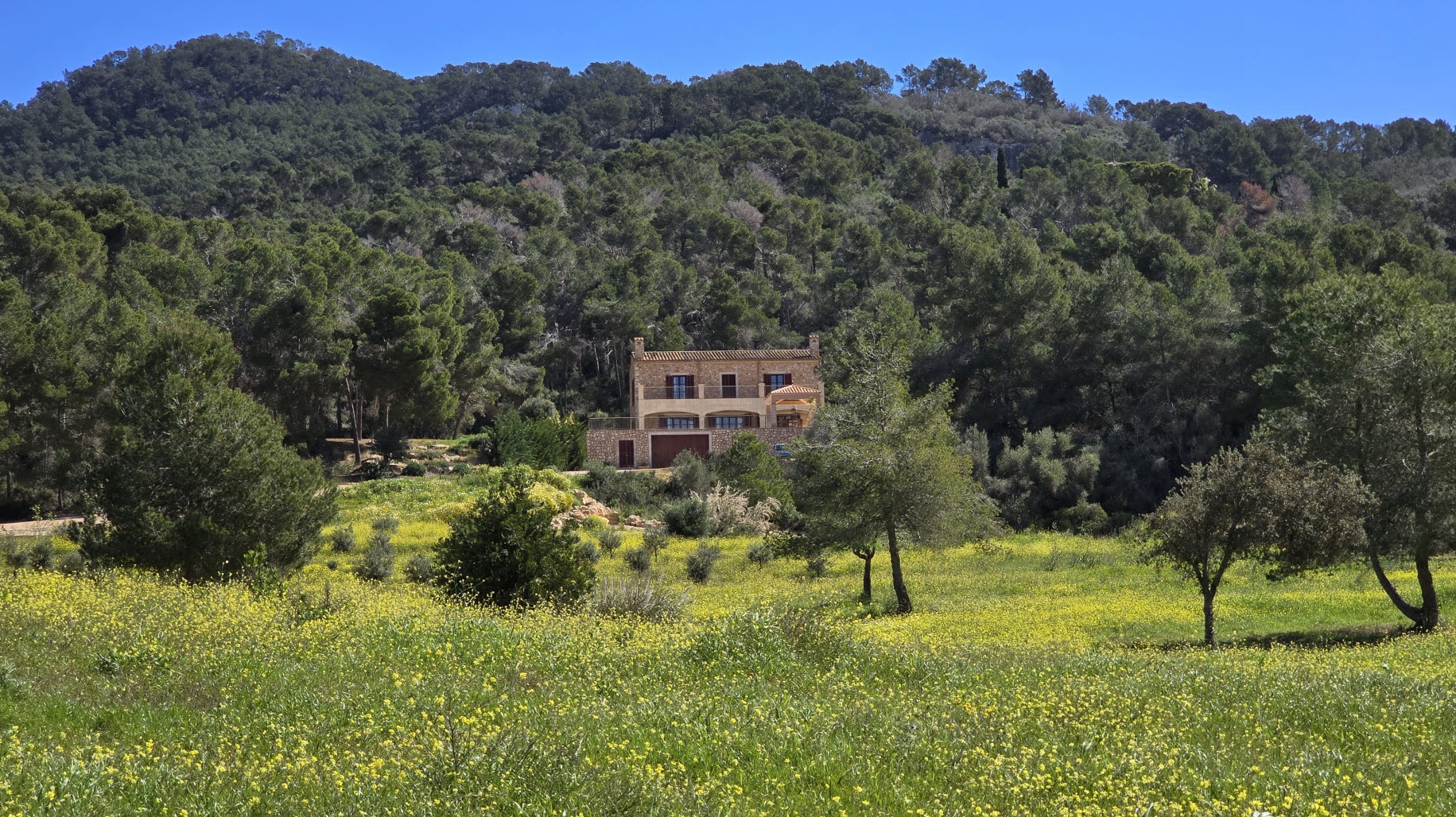
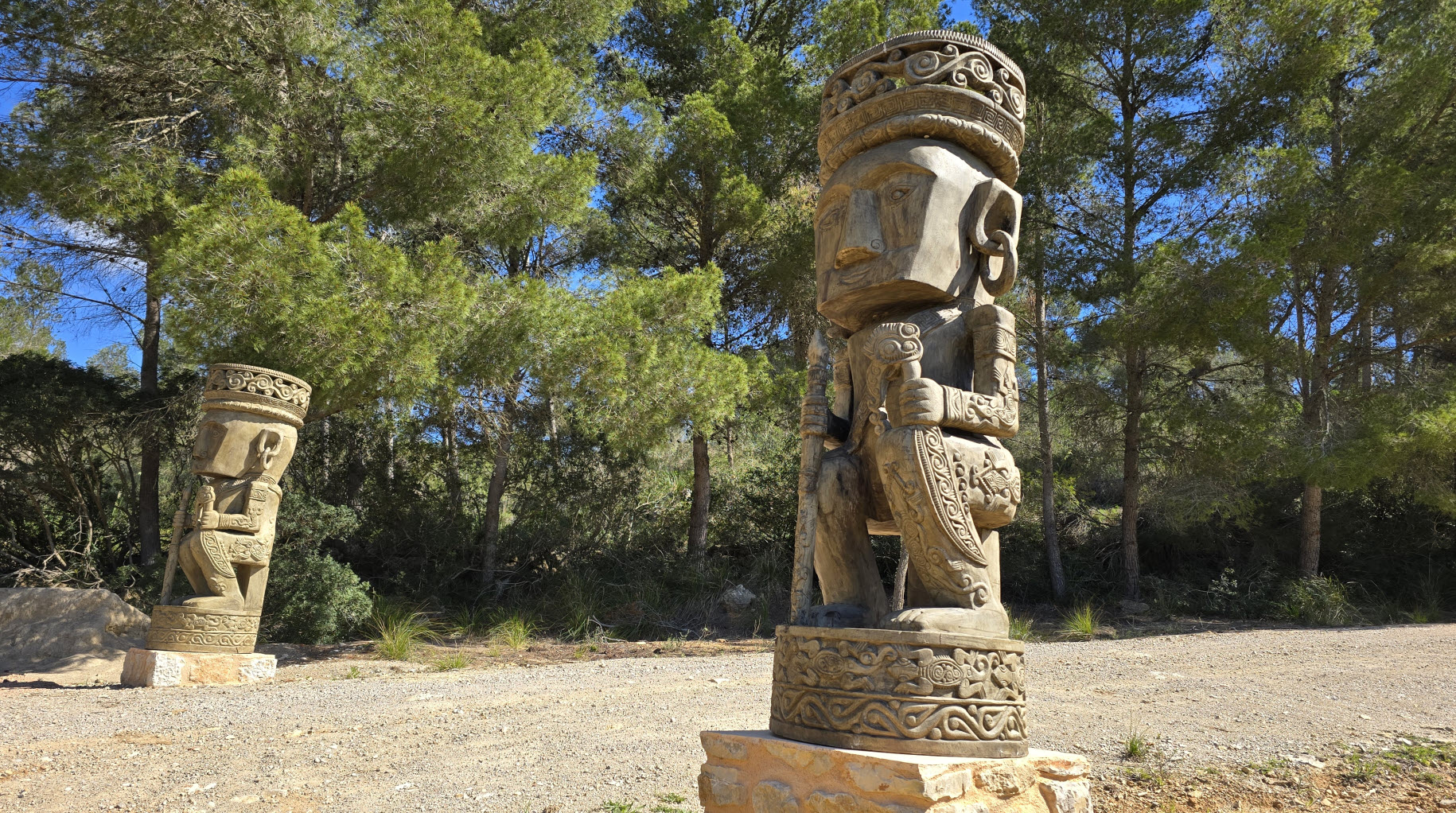
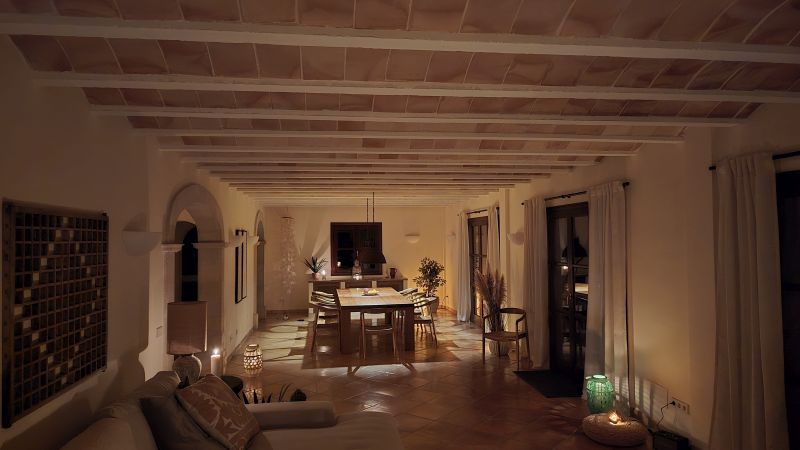
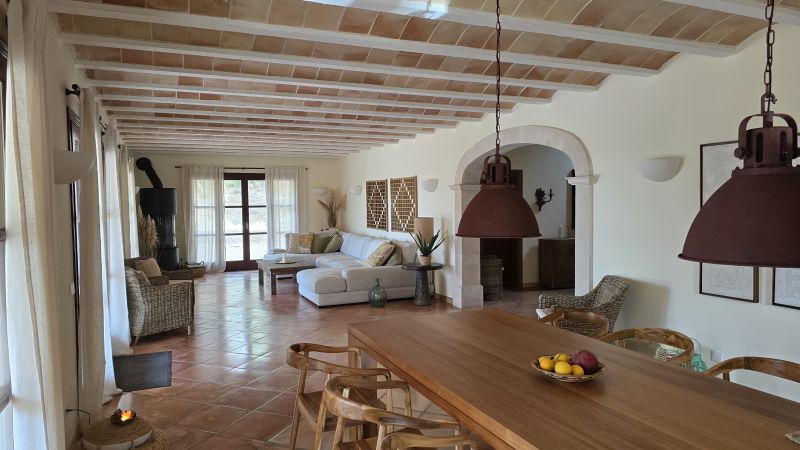
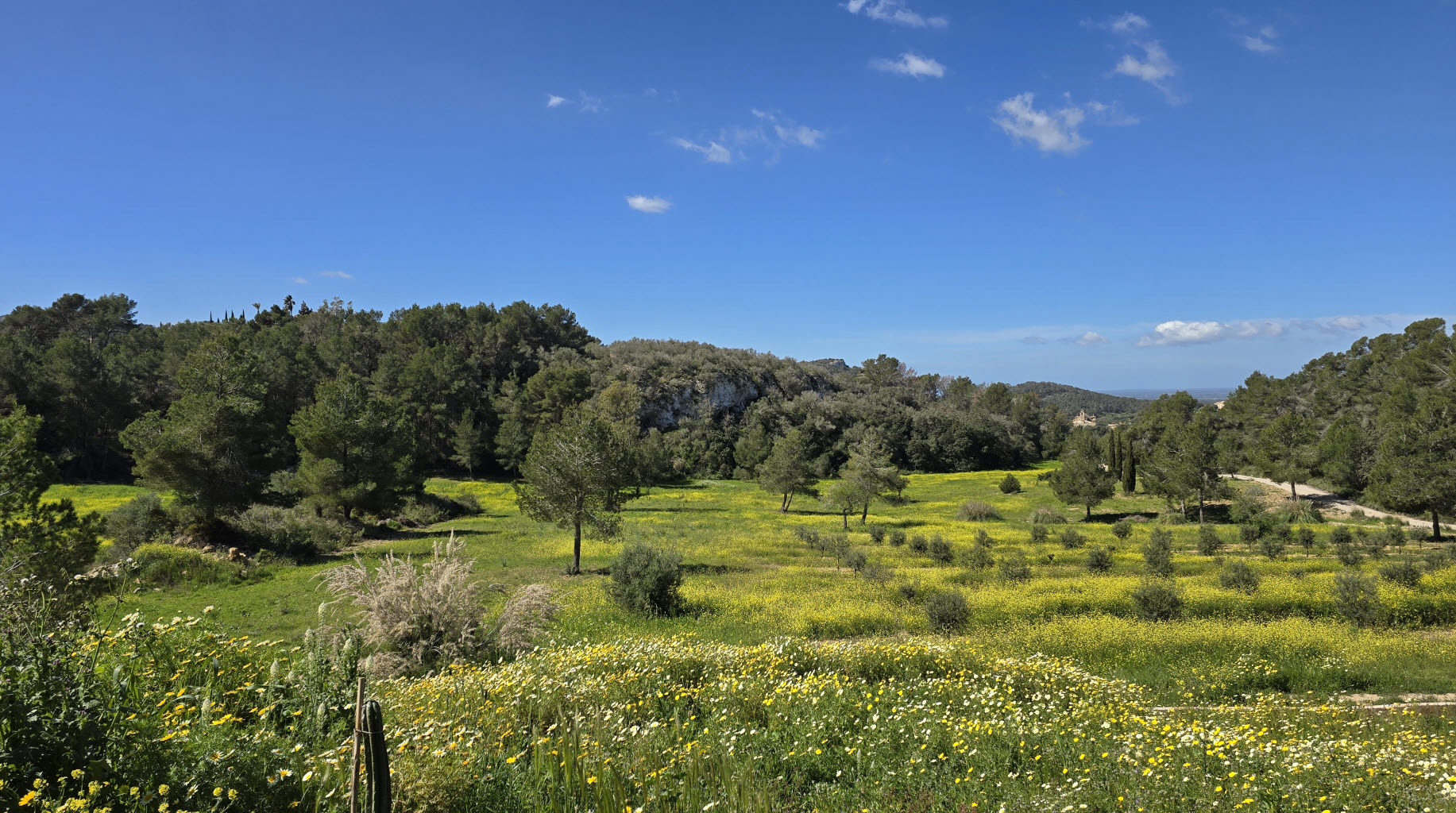
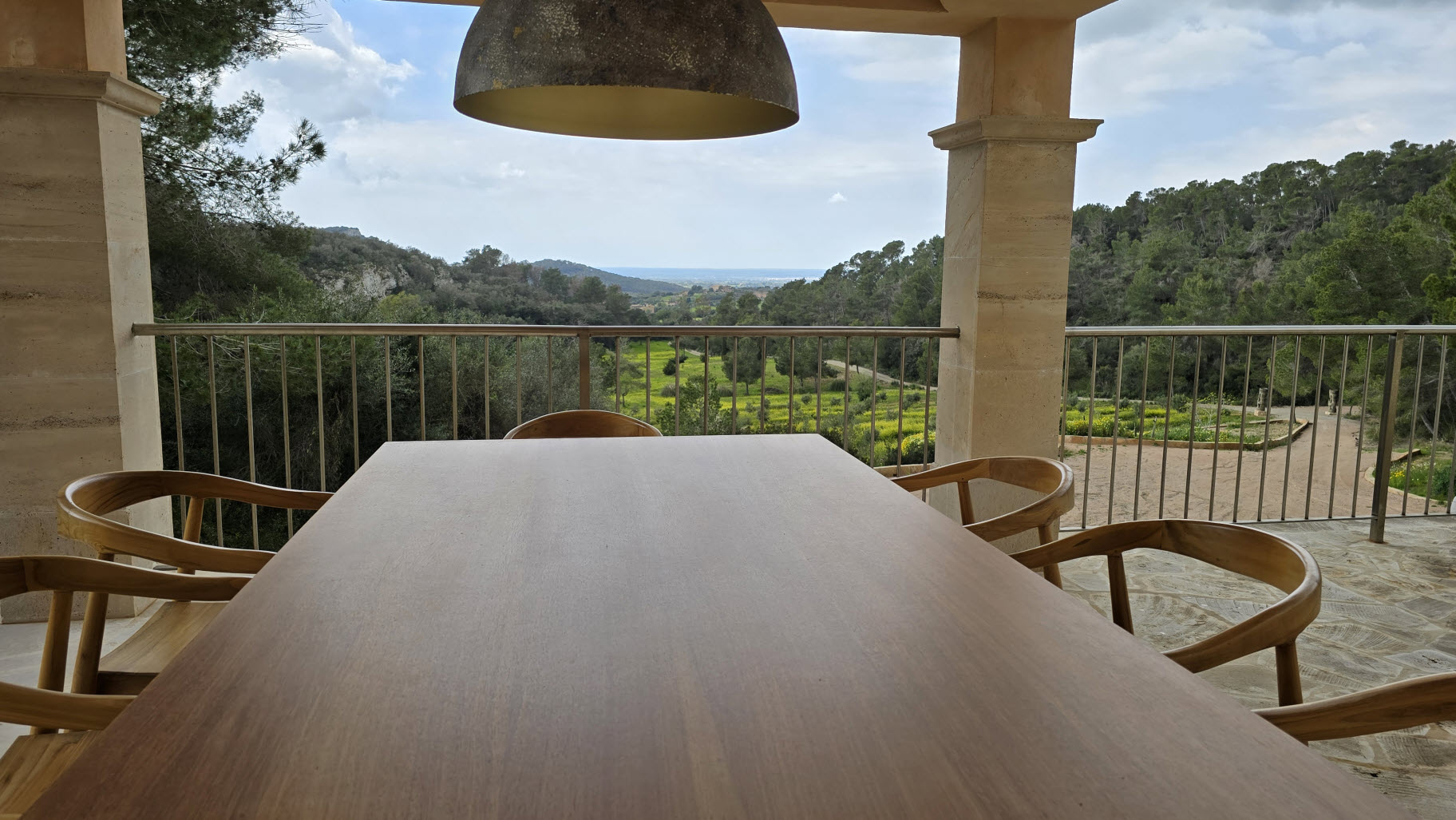
Why is the place called PACHACAMAC?
Pachacámac is an archaeological site located 40 kilometers southeast of Lima, Peru, in the valley of the Lurín River. The site was first settled around 200 A.D. and named after the “God of Fire” and “Creator of the World,” Pacha Kamaq (Spanish: PACHACAMAC).
The term “PACHACAMAC” comes from the Quechua language: “Pacha” means Earth, World, Universe, Space, and Time; the word “Camac” means Creator, Maker, and Source.
Pachacámac was founded by the Lima Culture (250 A.D. – 650 A.D.), later developed by the Wari Culture (650 A.D. – 1200 A.D.), then by the Ychma/Ichma Culture (1200 A.D. – 1470 A.D.), and was finally taken over by the Incas (1470 A.D. – 1535 A.D.).
During pre-Hispanic times, PACHACAMAC was a ceremonial center with many buildings constructed by different cultures. It contained pyramid-shaped temples, residential structures, and frescoes adorning adobe walls (made of clay, sand, straw, and water). There was also a totem pole — a physical representation of the god PACHACAMAC.
The site flourished for about 1,300 years until the Spanish invasion. The PACHACAMAC temple served to worship “Pacha Kamaq,” the creator god of the Ichma culture. Because of its strong spiritual energy, both the site and the deity were integrated into Incan culture.
In Incan mythology, PACHACAMAC became the husband of Pachamama (Mother Earth). Pachacámac is a fascinating place, full of history and spiritual significance. As one of Peru’s most important archaeological sites, it played a central role in the pre-Columbian Andean world and attracted pilgrims from many regions who sought guidance from the “Oracle of Pachacámac.”
The oracle was known as a medium — a spiritual presence that responded to the needs and questions of the people, offering them orientation and insight.
By the time of the Inca civilization, Pachacámac had become a purely spiritual center, free from specific religion or divine dedication.
When people visit places whose energy allows for deep reflection or inner clarity, the experience often has a transformative personal effect.
PACHACAMAC Mallorca carries a similarly powerful energy.
Nestled in the mountains and surrounded by 700,000 square meters of protected natural land, it is a place of transformation.

